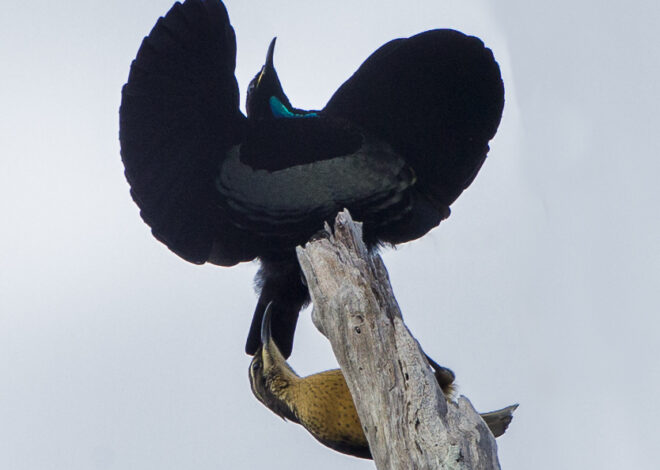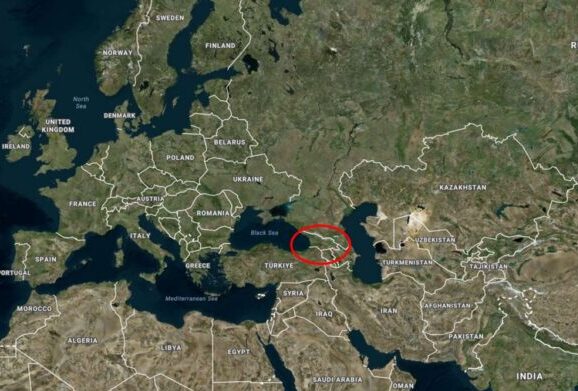
Georgia, the Caucasus: an ethnobiological treasure
Ethnobiology. Ethnobiology is a relatively young but fast-growing interdisciplinary field of science. The Society of Ethnobiology defines it as a ‘study of dynamic relationships among humans, biota and environments.’ Ethnobiologists can pursue more than one aim. The most important, and I hope many of my colleagues will agree, is that the tradition of interaction with nature is an invaluable part of the culture, not only of a given society but also humankind. Therefore, any society that cares about its culture should study ethnobiology. In fact, to me it is not only the most important, but the entirely sufficient motive for my participation in ethnobiological research. However, my colleagues might indicate other important motives too. Many of them believe that ethnobiological traditions contain potentially very useful information relative to the development of new medicines, new food, new materials and new genetic lines for breeding. Such a potential undeniably exists and is subject matter of applied ethnobiology. Still others study local traditions to find out how the ancient methods of management achieve ecological sustainability and how they can be applied to biological and organic farming. Indeed, traditional subsistence systems that still operate in remote villages show not only ecological sustainability, but also quite an acceptable productivity without the use of commercial fertilisers or pesticides. Traditional subsistence systems show remarkable adaptivity and this experience can be useful in the mitigating of the consequences of catastrophic events, when there is an acute need to relocate many people, give them shelter and food and find them acceptable occupation.
The unity of nature and culture. The analysis of large ethnographic and geographic data shows a congruence between biological and linguistic diversity. The Caucasus, and Georgia in particular, are among such hotspots where a remarkably high natural diversity coincides (over 614 species of vascular plant and over 2293 animal species per 100 X 100 km) with an equally remarkable ethnocultural diversity (up to 100 ethnicities). This coincidence, together with the exceptionally long history of traditional societies of this area, adds to the motivation for studying ethnobiology in Georgia. Up to 42% of Georgia’s population still live in rural areas, where many elements of traditional knowledge are still in active use and are an important element of cultural tourism; it is also observable that traditional management styles in agriculture, such as transhumance, are still widely used in Georgia.
Location. Georgia sits between the latitudes of 41°N and 44°N, and longitudes of 40° and 47°E. Its area of ca. 70000 km² is located between the Greater and Lesser Caucasus mountains, exactly on the crossroads of Eastern Europe and West Asia (Figure 1). It is bounded to the west by the Black Sea, to the north and north-east by the Russian Federation, to the south by Türkiye and Armenia, and to the southeast by Azerbaijan. Georgia’s terrain is complex with very diverse landscape types: plains, valleys, gorges, mountains, canyons, plateaus and foothills.
Climate. The climate of Georgia is very diverse and ranges from humid, warm temperate in western lowlands to hot and dry continental in south-eastern lowlands, moderate on the foothills and cold at high elevations. Georgia’s climate is determined by its location within a warm temperate zone between the Black and Caspian Seas and by the complexity of its terrain in which the orientation of mountain ranges plays an important part. The international climate classification based on the Köppen system distinguishes four major climate types in Georgia: (1) warm oceanic humid subtropical (Cfa) mostly in the areas to the west and east of central Georgia; (2) temperate oceanic (Cfb) in the southwest; (3) warm continental-humid, continental (Dfa) in central Georgia except for its southern part; (4) temperate continental-humid, continental (Dfb) in the southern part of central Georgia. However, this classification does not fully reveal the diversity of the country’s climate – for example, in central Georgia, precipitation in the mountains can be twice that in the plains. Likewise, in the west, the warm oceanic-subtropical climate can only be found at lower elevations (less than 650m); in the more elevated terrains and also to the north and east, the climate becomes moderately warm. Higher in the mountains, weather conditions change to cool and wet with increasing elevation, and above 2100m asl the environment becomes subalpine and alpine; permanent snow and ice are found above 3900m asl. Therefore, climatic gradients are steep and the meteorological character of western and eastern lowlands are dramatically different. These differences are driven mostly by precipitation and play an important role in determining the type of subsistence economy traditionally maintained in Georgia’s regions.
Biological diversity. The geomorphologic and climatic diversity characteristic for Georgia supports virtually all vegetation types that are found in any temperate climate. According to the International Union for Conservation of Nature (IUCN), Georgia is listed in two “biodiversity hotspots”: the Caucasus and the Irano-Anatolian and possesses a great variety of ecosystems – floodplain forests, semi-deserts, steppes, arid woodlands and scrub, mixed, deciduous and conifer forests, sub-alpine, alpine, subnival and nival zones, and wetlands – all of which can be found over a relatively small area. Western and eastern Georgia, however, differ quite markedly: there are no semi-arid and arid forestless habitats at low altitudes in the western part, since forests grow from the coastline itself to cover foothills and mountain slopes. The checklist of vascular plants of Georgia contains 6,350 species (2.3% of the world’s flora) and the particularly specious genera are: Campanula L. (Campanulaceae), Silene L. (Caryophyaceae), Veronica L. (Scrophulariaceae), and Heracleum L. (Apiaceae). 600 plant taxa are endemic to the Caucasus and 300 endemic to the country. It is estimated that the country harbours over 16 thousand animal species (1% of the world’s fauna), there are 758 vertebrates (76 mammals, 300 birds, 52 reptiles, 12 amphibians, and 84 fish species). This biodiversity is distributed across discernible altitudinal zones.
Ethnocultural diversity: Two major factors contribute to the ethnocultural richness of Georgia: (1) its location on the crossroads between West and East, North and South, and (2) its dissected terrain, which has helped preserve many local variants of Georgian culture. In the table of ethnic fractionalisation and cultural diversity, Georgia ranks ninth among 31 nations of Eastern Europe and the Former Soviet Union. Ethnic Georgians use four languages of the same Kartvelian family in Georgia and adjacent regions: Georgian (the most widely spoken), Svan and Megrelian (northwestern Georgia), and Laz (the Black Sea coast of Georgia and Turkey, from Sarpi to Rize). Dialects of Georgian include Imeretian, Rachan, Lechkhumian, Gurian, Adjarian, Imerkhevian, Kartlian, Kakhetiian, Ingiloian, Tushetian, Khevsuretian, Khevian, Pshavian, Mtiuletian, Meskhetian and Javakhetian.
The name. “Georgia” has an interesting etymology from an ethnobiological point of view. There are three hypotheses about its origin. The first was suggested by the thirteenth-century French theologian and historian, Jacques de Vitry, who thought it derived from St George, a very popular saint among Georgians. He is depicted as a mounted warrior and is thought by many scholars to be transformed into a warrior deity of the highlanders whose major symbol is the horse. The second hypothesis was put forward in the seventeenth century by the French traveller and author, Jean Chardin, who suggested that “Georgia” is derived from the Ancient Greek γεωργός, which means ‘worker on the land’, ‘farmer’: implying that Georgians were skilled farmers. The final and most plausible one is based on linguistic analyses. “Georgia” probably takes its origin from the Persian word “gurğ” or “gurğān”, which later migrated to other languages: variations such as “La Géorgie” and “Georgien” in western Europe, “Gruzia” in eastern Europe and “Gurjistan” in western Asian languages. “Gorgan” in Old Persian referred to wolves in general but also to a locality close to the Caspian Sea, “the Land of Wolves”.
Traditions. Traditional ecological knowledge is a concept that connects the knowledge of natural phenomena with the culture of a given human society. Currently, it is gaining in prominence, as it is considered to be useful in large-scale assessments of global biodiversity, ecosystem services, and other questions such as ecologically sustainable natural resource management. Indeed, traditional ecological knowledge proves to be a versatile tool for critical analyses of empirical evidence and a constructive framework for useful generalisations. As such, it provides cohesiveness to interdisciplinary studies and helps integrate data and ideas from the natural and social sciences. The historic perspective allows us to see clearly how this knowledge was increasing in sophistication during the long prehistory of Georgia and how it underpins the social and economic progress of traditional societies, not only in Georgia, but throughout the world. Up to the end of prehistoric times, this was the only form of knowledge and it was this, and its development, that was responsible for the transition of traditional societies into early civilisations. The other questions to be answered: how can traditional ecological knowledge be used in conserving biodiversity, not only ancient landraces but ancient agricultural weed species, wild animals, and the health of the ecosystem as a whole? What would be the consequences in cultural, biological, and religious spheres if traditional ecological knowledge were lost? I am quite convinced that, in terms of culture, our identity would be different; in terms of our ability to conserve nature and develop sustainably, it would be undermined. I hope that this text will encourage my colleagues to study and address these questions in their future studies.
History: The earliest fossil remains of humans, more correctly, hominins (Dmanisi archaic humans, most probably belonging to Homo erectus group) found in Georgia show that humans had been in occupation for an extremely long time – these fossils (skulls, other bones, artifacts made of bone) are dated to ca. 1.8 million before the present (BP). The next stages of human history are revealed by archaeological evidence with increasing frequency, and Georgia is considered an archaeological hotspot where a practically continuous record spans the Middle Palaeolithic, Mesolithic, Neolithic, Chalcolithic, Bronze, and Iron Ages. Archaeological materials were persistently accumulated at the same time as Georgian ethnographers were also active in their surveys, and by the 1950s, a large body of ethnographic records had been collected. This material allowed for broad generalisations and helped interpret key archaeological findings. A relatively comprehensive Annotated Bibliography of Ethnographic-Ethnological Literature 1924-1994 has the large number of 902 entries (mostly in Georgian). These studies continue to this day, and the repositories of various ethnographic and ethnological research centres contain a vast quantity of records that are awaiting professional cataloguing, description, analysis, and publishing.
Resilient traditional agriculture. Many of my colleagues argue that traditional ecological knowledge might appear decisive in overcoming the consequences of natural disasters and catastrophic events. By my own observation, the collapse of the Soviet Union caused an extreme economic crisis in Georgia. Mass starvation was largely avoided in the villages by a turning back to traditional subsistence agriculture, including the increased use of medicinal plants for health care. In fact, Georgia gives a good example of the resilience of traditional subsistence systems and their capacity to help in critical situations. When the threat of starvation became evident, many people moved from cities to the villages of their parents and grandparents and engaged in subsistence economy. One of the respondents from Lashkheti described the life of those critical times as follows:
“The government was not greedy and gave us money, the problem was that the markets were empty and we could not buy sufficient food. We sowed maize and beans even in our gardens and moved potato fields up to the mountains since potato yields were three times greater up there. We increased our head of cattle and pigs and were able to produce enough food not only for us but also our relatives in Kutaisi. We managed like this for a few years and survived the crisis”.
The example of Georgia shows how subsistence agriculture can be sustainable and acceptably productive at the same time.
An ethnobiological treasure. Georgia is a country unusually well suited to ethnobiological research. Although it is known as a country on the crossroads of Asia and Europe, it is also a place where traditional societies long existed under a wide spectrum of environmental conditions. The ethnobiology of Georgia, therefore, can connect remote prehistoric periods with modern times and reference various environments. This approach shows that certain traditions can be very durable, especially the basic, technological component of the traditions, which has been fundamental to the sustainability and adaptability of subsistence systems over millennia. We have seen that the successful survival of archaic hunter and gatherer bands was actually sustained by ecological knowledge; these communities developed remarkable skills in exploiting their habitats. The Agricultural Revolution in Georgia could only begin where the environment was suited to the knowledge developed in the Fertile Crescent. Yet over time, the gains in this knowledge facilitated the exploitation of other, very different habitats of Georgia. The traditions elaborated more than three or maybe four millennia ago are so lasting that we can document their presence today and regard them as invaluable cultural assets. However, accurate documentation of traditional ecological knowledge can bring other important benefits too; its scientific significance can be used as such or as a starting point for research on conservation and ecosystem management. The traditions contain important ethnographic components which prove to be useful to the hospitality business in Georgia. It also concerns sustainable subsistence and therefore still has relevance in the development of organic and biological farming not only in Georgia, but also in countries of comparable environments.
Conclusion. I have presented only the main characteristics of Georgia, but I hope it is sufficient to justify my choice of this country. It is case par excellence for studying the past and present of traditions: the country and the region where it is located (the Caucasus) are distinguished by a high natural diversity and an extensive history of relationships between nature and humans. Indeed, Georgia is extraordinarily attractive for ethnobiological studies: its ancient traditions are still in operation and well conserved in a wide range of ecosystems and landscapes of this biodiversity hotspot. I hope my text will facilitate a continuation and intensification of ethnobiological studies in Georgia to the benefit of science and culture in general.
External links:
https://library.iliauni.edu.ge/ebooks/zaal-kikvidze-ethnobiology-of-georgia/?lang=en
Traditional Ecological Knowledge in Georgia | A Short History of the C (taylorfrancis.com)
Georgia, the Caucasus: an ethnobiological treasure
Georgia is case par excellence for studying ethnobiology: the country and the region where it is located (the Caucasus) are distinguished by a high natural diversity and an extensive history of relationships between nature and humans.
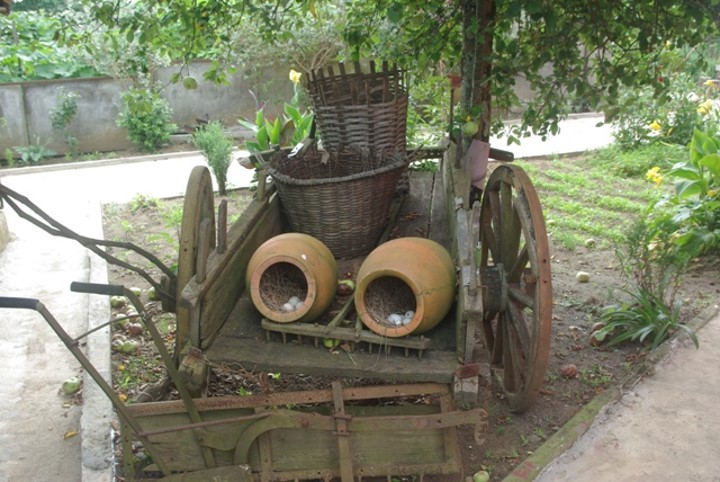

Related Posts
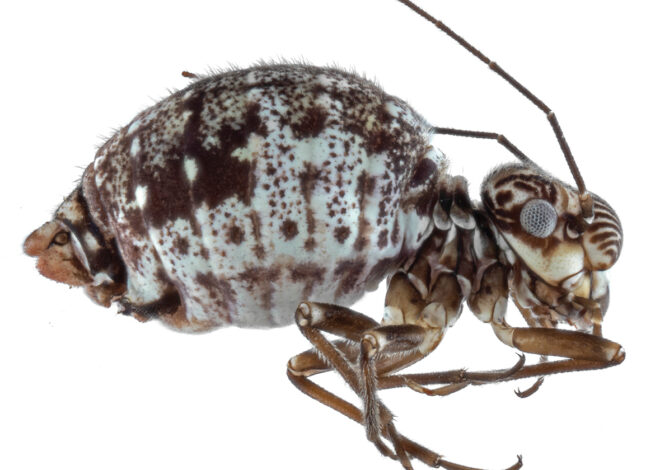
Lice that don’t bite
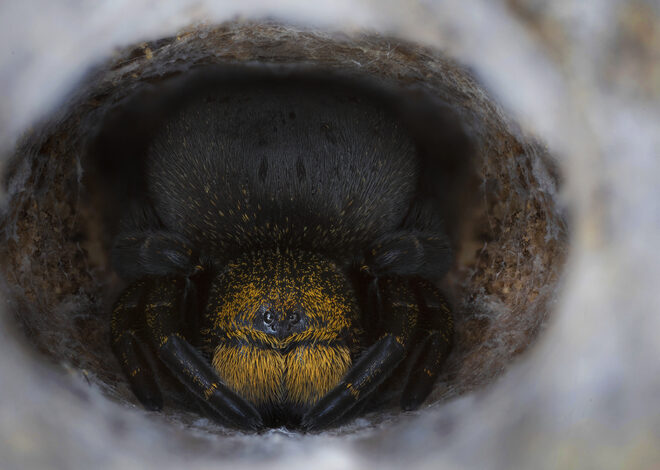
“Who Cares?: World’s Best Mothers”
